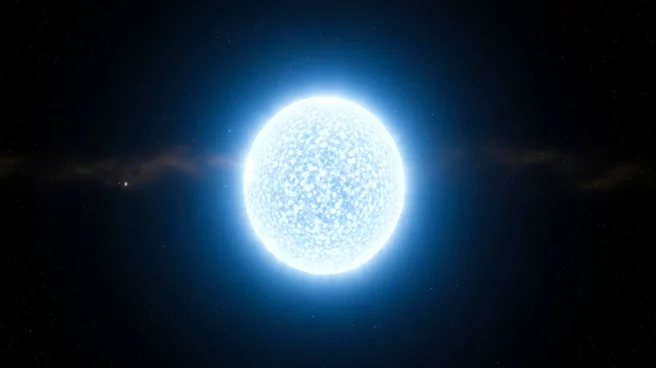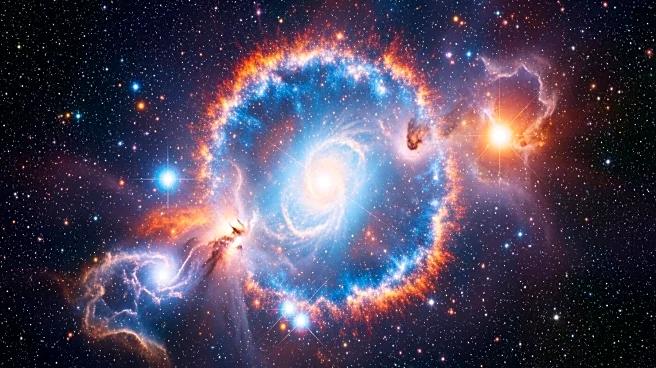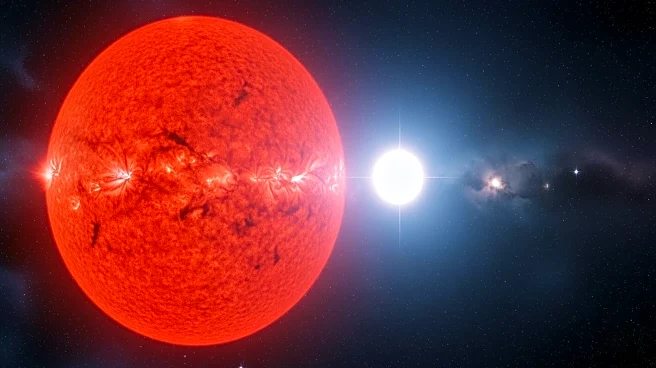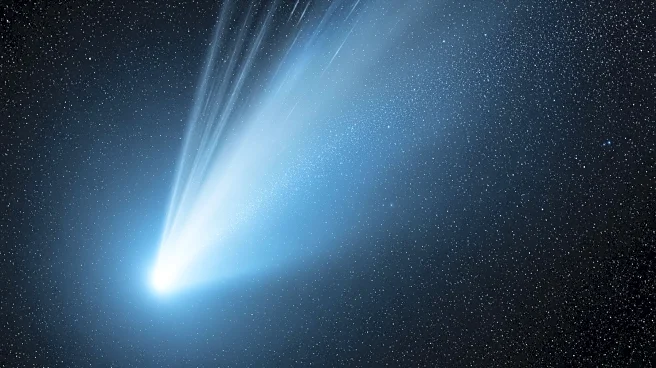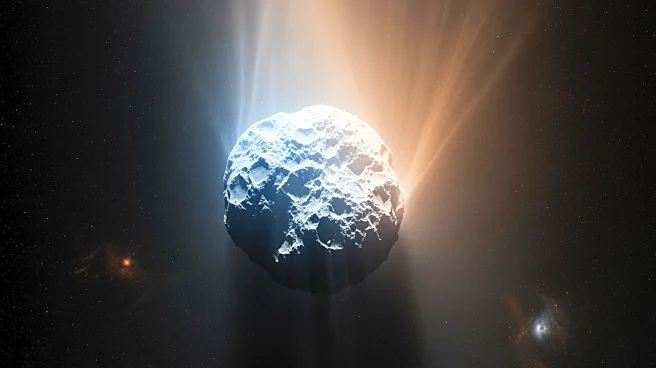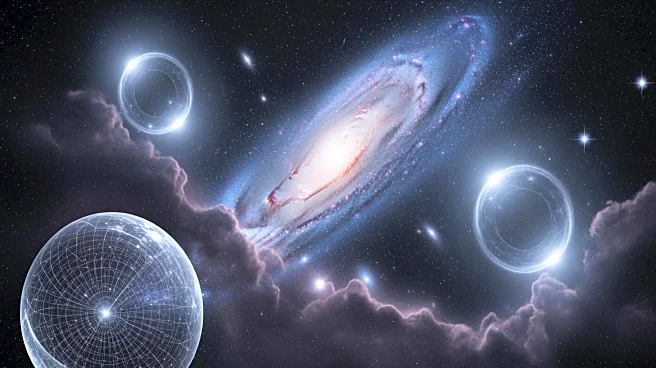What's Happening?
White dwarfs, the ultradense cores of dead stars, are expected to inherit the universe as medium-sized stars die over trillions of years. These stellar remnants support themselves through degeneracy pressure,
allowing them to exist for eternity. Initially, white dwarfs have temperatures around 10 million kelvins but cool off slowly over time. Eventually, they become black dwarfs, invisible in almost all wavelengths of light. This process takes about 10 trillion years, and the universe is not yet old enough for black dwarfs to exist. In the distant future, some black dwarfs may explode through space-time curvature-induced pair production or pycnonuclear decay.
Why It's Important?
The study of white dwarfs offers insights into the long-term evolution of the universe and the fate of stars. Understanding these processes can inform astrophysical theories and models, contributing to our knowledge of cosmic history and future. The potential for black dwarfs to explode in the far future highlights the dynamic nature of the universe, even after stars have extinguished. This research underscores the importance of studying stellar remnants to comprehend the universe's lifecycle and the forces that shape it.
